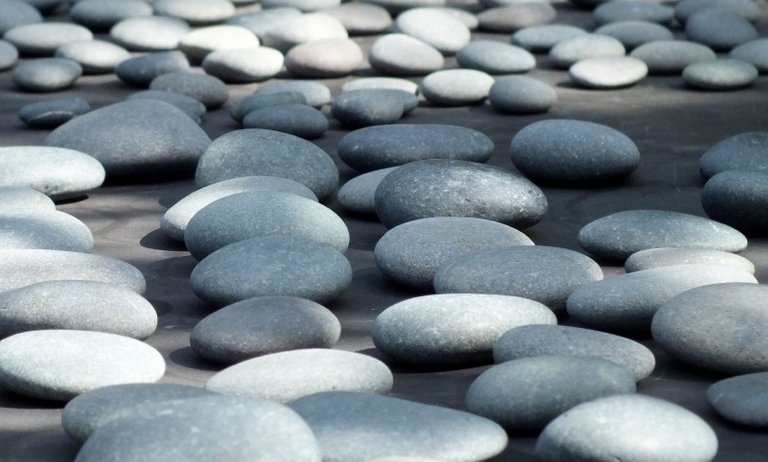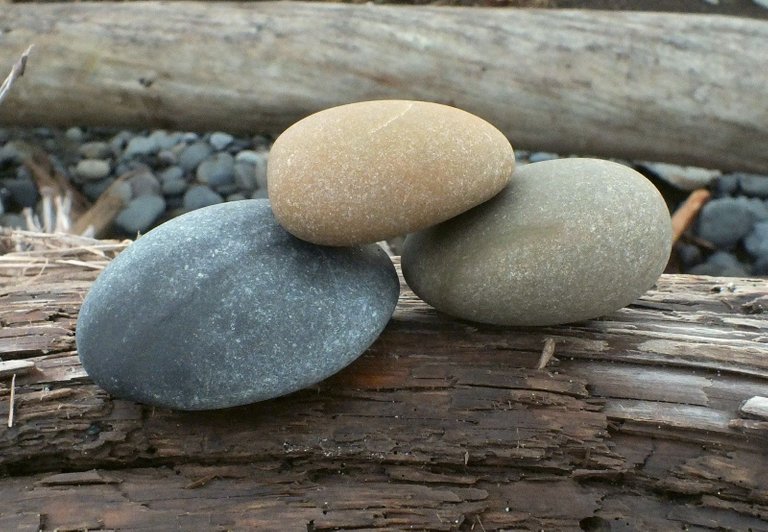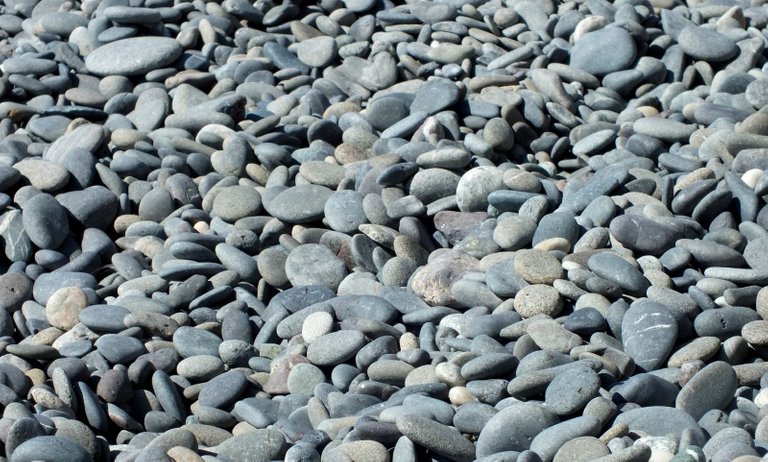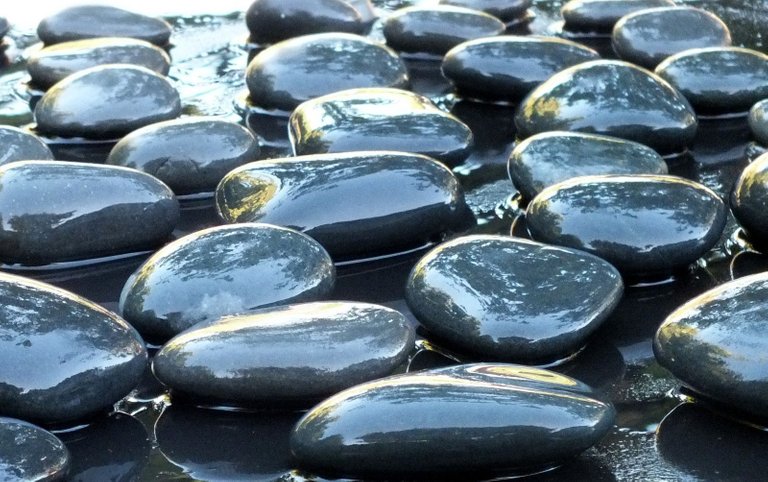What's in a rock?
As a more or less ”professional” rock painter I probably take that question more seriously than most people.

The thing is, if you look at the tiny intricate designs that make a stone an Alchemy Stone, you can probably appreciate that you would need an extremely flat and smooth surface in order for them even to become possible.
For most people, when they look out across a beach that is covered with anything from coin to basketball sized pebbles and stones, they probably can't imagine that it would take anymore than just walking out there and picking up a few stones and you're done.
But it's not that easy!
The truth is that from several feet away most rocks on the beach do look like they're completely smooth. But when you pick them up and examine them from a few inches away you'll notice that most of them are actually full of small dents and scratches and cracks and uneven shapes... all of which would disrupt any small and highly intricate pattern.
Of course what I've just written here wouldn't be at all relevant if the only thing you were trying to do is find a rock that was smooth enough that you could draw a couple of spirals on it with a magic marker! But that's not what I'm doing.
The kinds of stones I use for painting mandala designs have actually changed considerably since I first started doing this.
You'd think it would be EASY, right?
In the beginning I wasn't all that particular about the stones I picked up as long as they seemed like they were reasonably smooth. And I did have a lot of "failed attempts." In time, however, I discovered that by far the best results and the most eye catching patterns ended up being the ones that were painted on particularly smooth rocks.
Most of the time, when I'm out there picking up rocks, I don't just look at them with my eyes, I also ”look” at them with my hands. The sense of touch can often tell you more about the smoothness of a surface than your eyes can!
Anyway, when I want to find a bag full of good paintable stones, it generally requires my spending about two to three hours on the beach. Around here we often have about 9-10 feet (3m) differences between high and low tide, so the amount of time I can spend out there is highly dependent on the tides.
The "harvest" is home and getting a washing!
In spring, we have greater low tides during daylight hours, which means I can be out there finding my "raw materials" more readily than during any other time of the year.
Of course it's still February, and that means it's still winter, and pretty cold! And yes, I have gone beach combing when it was snowing! But over the next month or so it'll gradually warm up, and the tides will get better, and I'm really looking forward to getting out there to find the ”canvases” for this summer's creativity!
Thanks for stopping by! Do you leave me a comment if you feel so inspired — interaction and engagement are always welcome!
If you enjoy painted rocks, do check out The Hive Rocks Project and help spread the word about Hive, while also being creative!
Because I am trying to make some semblance of income — a part time living, even — I now add this footer to all my posts, in the hope that someone, somewhere, might decide to take a further look at my work, and perhaps consider supporting independent art.
Thank you, in advance, for your consideration and support!
My Alchemy Stones Patreon appeal
Alchemy Stones web site and blog
Regardless, your upvotes and comments are always appreciated!
Thank you for supporting independent art!
2022.02.16 AS-TXT-086/052



